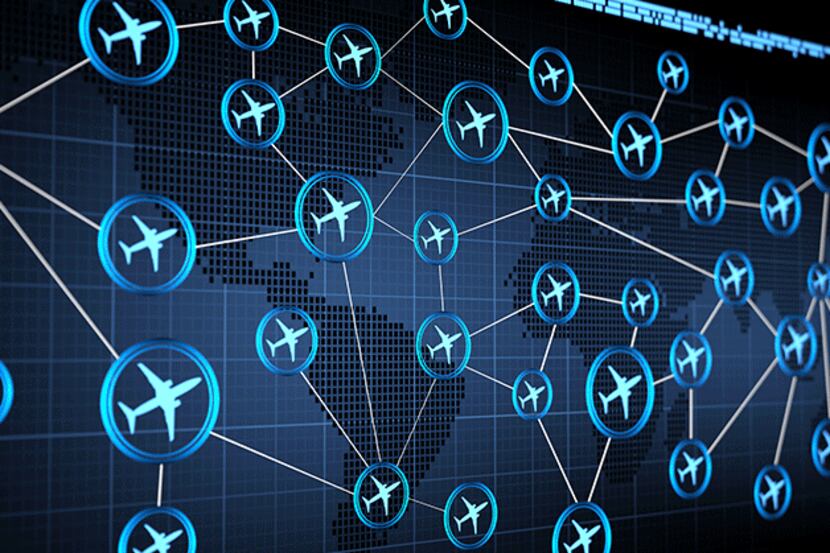President Donald Trump has made plans to spin off the U.S. air traffic control system into a private, nonprofit corporation a central part of his infrastructure proposal, giving hope to major airlines that the decades-long reform effort may finally come to fruition.
Proponents, including American and Southwest airlines, say it's the best chance to speed up the modernization of an aging system and reduce congestion in the skies.
But critics warn that privatization could slow down air traffic control improvements already underway and put too much power in the hands of commercial airlines.
Controlling the skies
Managing traffic in the nation's skies is a massive undertaking, spanning 315 air traffic facilities operated by the FAA and 250 airport towers operated by contractors. The FAA employs about 35,000 people in its air traffic organization, including more than 14,000 controllers who help guide as many as 23,000 commercial flights per day.
"It's a very safe system thanks to the work of the FAA throughout the decades. The trouble is it's not the most efficient. We've been trying to modernize it since the early 1980s. ... [What's at] stake is getting a more efficient system. That will mean less emissions, less delays. It will also mean more capacity in the future for the expected growth of the system and ultimately a more cost-effective system.
— Rui Neiva, policy analyst, Eno Center for TransportationLooking north
Countries around the world use a variety of models for managing their airspace, from government-owned corporations to public-private partnerships. Canada's Nav Canada system, a private, nonprofit corporation funded by user fees, is often used as an example of what a reformed U.S. air traffic control agency could look like. But critics warn about making too direct a comparison, given that U.S. air traffic needs and complexity dwarf those of Canada.
"If you're at a big organization and you're taking a merger and acquisition transaction to the board, you would have an economic justification, a whole series of business plans of how you're going to achieve the financial benefits that justify taking the risk of the transaction, and there's none of that here. The [airlines] just want control of it. The issue is, what is this going to cost and who's going to pay for it?"
— Robert Mann, president, R.W. Mann & Co.Reducing delays
One of the key selling points of reforming the U.S. air traffic control system is reducing congestion and, ultimately, delays. But air traffic control issues, included under national aviation system delays, account for only about a third of late arrivals.
NextGen promises
The FAA's NextGen initiative, launched in 2007, promises to bring modern technologies to air traffic control systems. Proponents of privatization complain that those results have been slow to materialize and would be better managed by an independent organization not subject to the whims of congressional budget decisions.
"With backing from President Trump and key congressional Republicans, air traffic control privatization proposals are currently working their way through the legislative process. But with debates over health care and tax reform dominating the Washington agenda and opposition from Democrats wary of privatizing an important piece of government infrastructure, it's not clear the effort will get the necessary lift for takeoff."
— Conor Shine, aviation writer, The Dallas Morning NewsSOURCES: Department of Transportation; Federal Aviation Administration; U.S. Government Accountability Office. IMAGE: iStock

